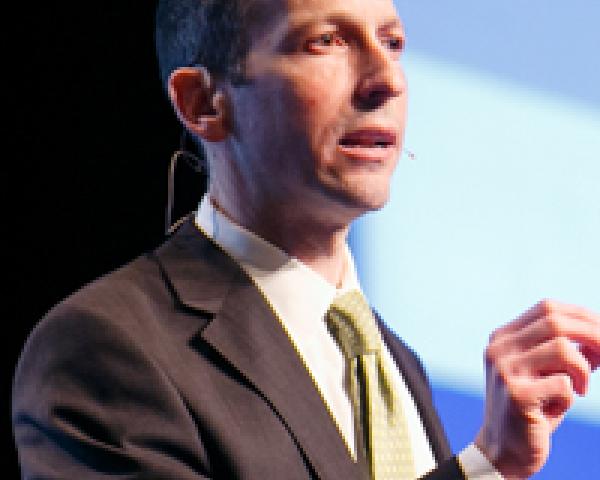Call me a cynic, but here’s my bold customer experience prediction for most companies in the coming year: Not much will change.
Customer experience experts are in typical year-end prediction mode. But our crystal ball came up with a bit of a different take on what’s in store for next year.
It’s that time again, when all the management gurus come out with their customer experience predictions for the coming year.
So what customer experience trends do the gurus foresee in 2019? What do they predict organizations will focus on? Here’s a sampling of their ideas, culled from some recently released prediction lists:
- Companies will create more customer-centric cultures, using new recognition systems and training programs.
- Companies will use technology to digitally transform the customer experience.
- Companies will go the extra mile by empowering their employees to surprise and delight.
- Companies will use robotic process automation to speed customer transactions.
- Companies will leverage AI to automate customer interactions without making them feel mechanical.
- Companies will break down silos and align customer experience strategies across functional domains.
- Companies will use predictive analytics to create more personalized customer experience.
- Companies will overhaul their voice-of-the-customer programs, relying more on text analytics of unstructured content, such as survey comments, call center recordings, social media conversations and online chat sessions.
It all sounds like wishful thinking to me – or perhaps just some firms trying to promote their products and services under the guise of supposed customer experience predictions.
See also: 3 Ways to Optimize Customer Experience
Call me a cynic, but here’s my
bold customer experience prediction for most companies in the coming year:
Not much will change.
- Most organizations will lumber along, spinning their wheels on this topic, discussing it endlessly, executing on minor improvements that amount to window dressing, just so someone can “check the box” on the next performance review.
- Most organizations will continue their navel-gazing, focusing inward on organizational changes, role shifts, political infighting and silo strife.
- Most organizations will lose whatever little momentum they may have gained around customer experience improvement, as top executives with organizational attention deficit disorder spot some shiny new object that becomes the next initiative du jour.
Forgive my pessimism, folks, but most organizations are unremarkable and are destined to stay that way. That’s precisely why, when a company actually does break from the pack and deliver a differentiated experience, it turns heads.
So, rather than obsess over what
everyone else will be doing (or what the gurus
say everyone else will be doing), focus instead on what
your company can do to avoid the fate of mediocrity.
Think about how to send a clear, unmistakable signal to the marketplace — and your workplace — that something fundamental is changing.
A signal that you’re no longer going to do it “like we’ve always done it.”
A signal that you’re disrupting the status quo in your industry.
A signal that you’re liberating consumers from long-simmering frustrations.
See also: How to Use AI in Customer Service
A signal that you’re dispensing with the typical customer experience platitudes, in favor of very tangible and compelling changes that make a difference in the lives of your customers and the employees who serve them.
If, at the end of 2019, you don’t want to be among the many companies that validate my bold prediction, well then…
go do something bold!
You can find the article originally published here.








